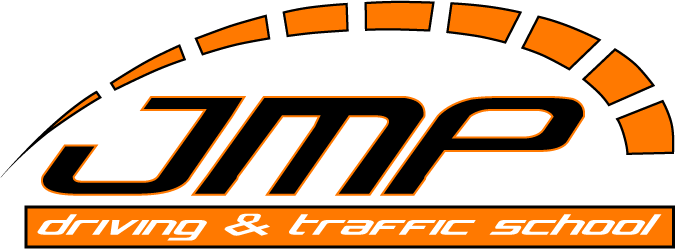Educated drivers = safer roads
/We’ve been teaching people how to drive for almost 25 years now, during this time we’ve seen a lot of technological changes in vehicles. Innovations like keyless entry, rearview cameras, satellite radio, sensor operated windshield wipers and others are just a few examples of what I’m talking about.
But today’s pace of technological evolution in the automotive industry goes far beyond those relatively simple innovations and is accelerating rapidly. Vehicles today are smarter, safer and more productive than ever – provided that drivers are aware of new technology and understand how to get the most out of it.
Vehicle manufacturers will fight to get you inside their products offering everything possible out of the combination between comfort and technology, readiness for communication, safety and others to be ahead of competitors.
But here’s the question: Do drivers know about everything available there and understand how to get the maximum use out of it?
I have no doubt most drivers don’t know all about these features and understand the benefits they offer; the reason is simple, many people don’t read the operator’s manual. Even worse, many people go to the dealers to ask questions about different features on their new vehicles and representatives at the dealer don’t know how to use them either.
This is why I think that the problem is lack of education, in many levels. It takes time to produce such innovations and to be incorporated to vehicles, but everything could b just a waist of money if we pay for a vehicle with X number of features that we’ll never use because we don’t know how to use them.
It’s a tough nut to crack knowing all aspects and systems in your vehicle, but it’s worth the effort. There’s no question new vehicle systems can make you safer, more productive and better rested. More importantly, many of these systems are proven winners when it comes to saving time and crashes – and nothing affects the bottom line as dramatically as having what it takes to be safer on the road.
Proper education about your vehicle as well as defensive driving techniques will be able to get you on the road for the years to come easily and safe. See you out there folks!!!




